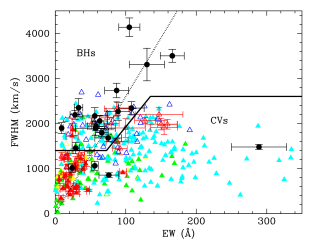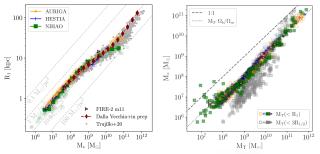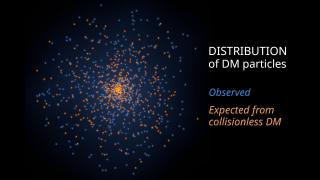Lithium-poor “twin” stars to the Sun targetted.
Stars similar to the Sun that have a low lithium content are strong candidates for hosting planets according to a study led by researchers from the Instituto de Astrofísica de Canarias (IAC). Lithium, one of the lightest elements known and easily detected through spectral analysis; provides a new trail to follow in the search for planetary systems like ours own
The results, published in the journal Nature, were obtained from a sample of about 500 stars. Examination of the data showed that the low proportion of lithium in Sun-like stars is directly related to the presence of planets. While stars with planetary systems retain barely one per cent of their primordial lithium, stars that do not host planetary systems tend to retain quantities ten times more
‘Our results indicate clearly that the problem of lithium depletion in our Sun, which has been a puzzle for the past 60 years, requires an even greater understanding than the interaction of the planets with their host star,’ says Garik Israelian, who heads this investigation led by the IAC. The team, which also has members from research centres in Portugal, Switzerland and Italy, suggests for the first time that Sun-like stars have destroyed their lithium very efficiently owing to the presence of planets.
Thousands of stars are currently the object of routine observation, but only about ten per cent of these have planets. ‘We can increase the efficiency of detection of planetary systems around twin stars to the Sun,’ states IAC astrophysicist Rafael Rebolo, ‘ by concentrating on those stars with very low lithium content.’ The detection turns out to be very simple: the lithium can be measured in a few minutes of observation with a medium-sized telescope equipped with a spectrograph.
‘After ten year of working in this field,’ explains Israelian, ‘we have not found any chemical element like lithium, whose behaviour in stars is conditioned by the planets in orbit around it.’ He goes on to say that an explanation for the extra burning of lithium might be the rotation of the stars.
The researchers compared the data for different stars in order to demonstrate that the depletion of this chemical element in those stars that possess planets is unrelated to either age or metallicity. ‘These parameters are not important enough to explain by themselves the low quantity of lithium that we observe in host stars similar to the Sun,’ indicates Elisa Delgado, a PhD student participating in the investigation. Carolina Domínguez, another member of the research team, thinks that observations of beryllium, an element slightly more resistent to depletion, ‘might help us understand the process causing the depletion of lithium in stars.’
The five-hundred stars that are the object of the investigation have been monitored for years by the HARPS and UVES spectrographs, both in Chile, and by the Telescopio Nazionale Galileo, at the Observatorio del Roque de los Muchachos on the island of La Palma (Spain). The study being led by Israelian forms part of the project “Abundances of chemical elements in stars: keys to the formation of galaxies, black holes and planets” and is funded by Spain’s Ministry of Science and Innovation.


